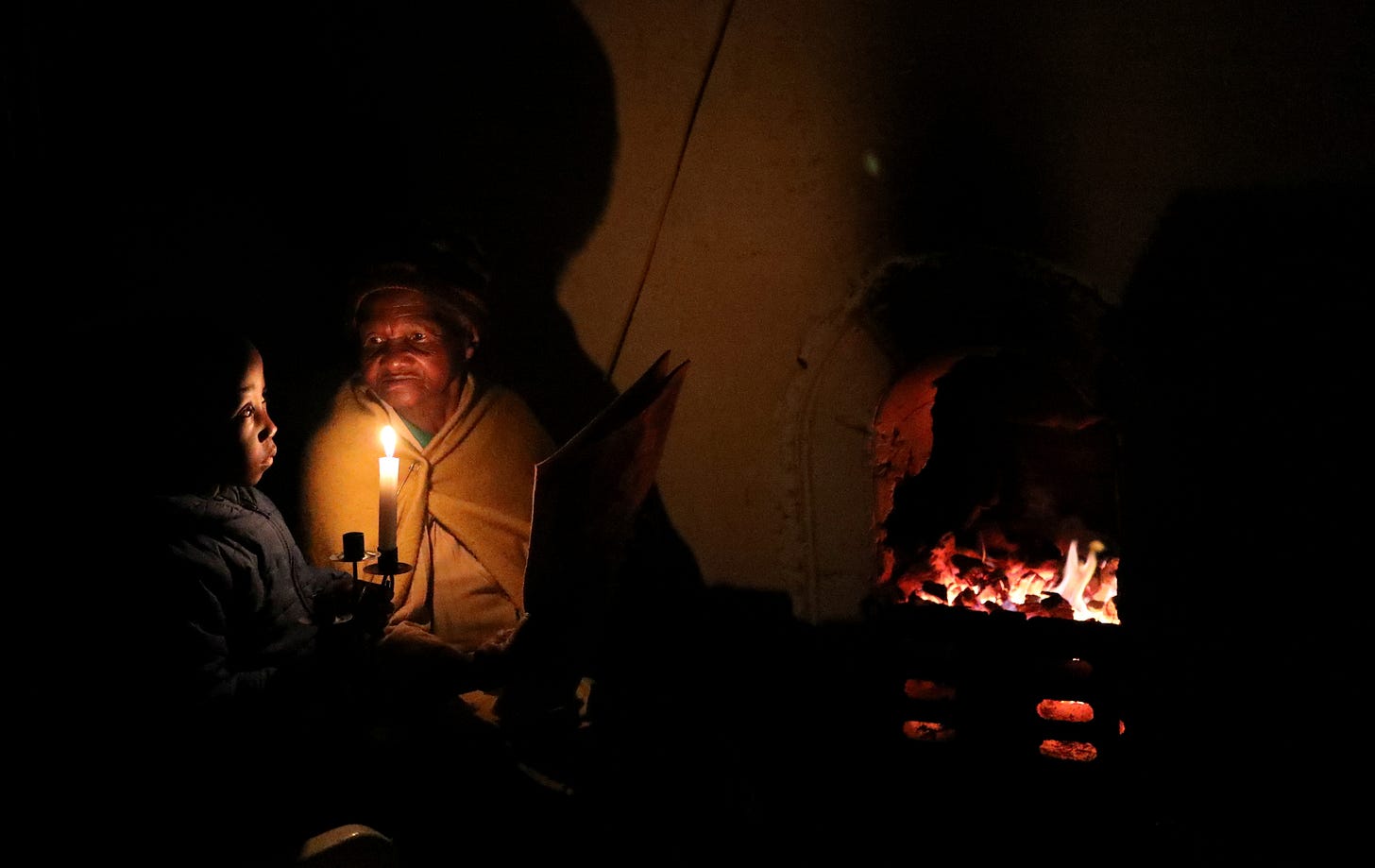Should you be worried about a total blackout?
This past week, we've heard a lot of concerned voices raise the alarm about a possible "grid collapse" and its likelihood in South Africa. Its unlikely.
Botswana was hit by a total blackout on the 8th of May 2023, it was on a Monday and just past midnight, and it fuelled fears in South Africa that we would suffer the same. This is unlikely, and Eskom was quick to come out and allay fears that what had happened in Botswana was in any way linked to load shedding in South Africa.
It may be useful though to talk a little about what a total blackout is, how it comes about and what we can do to prevent it.
A total blackout occurs when there is not enough generation capacity to meet the demand for electricity. This means that the power supply becomes overwhelmed, and the system is unable to maintain the balance between supply and demand. When this happens, the frequency and voltage of the electricity supply can drop, leading to a cascading failure of the power system.
Restoring power after a total blackout can be a complex and time-consuming process, and the timeline for restoration will depend on the extent of the damage and the availability of resources to carry out repairs and upgrades. In Botswana it took two days. Were it to happen in South Africa, it could take two weeks. The process often involves having to repair and restart each power station, one at a time. We have a lot of power stations that aren’t working that well to begin with. Repairs may also include damaged transmissions lines, replacing faulty transformers or generators, or carrying out upgrades to the power grid.
Source: Reuters (2021)
To prevent a total blackout, precipitated by complete grid collapse, we have implemented load shedding in South Africa. This involves intentionally switching off power to different areas for set periods to reduce the overall demand on the system, and prevent the sort of capacity shortfall that could lead to a blackout. As long as we continue to do so while we invest in new generation capacity and repair ailing power stations, we should be fine. A total blackout is unlikely in South Africa.
Investing in new generation capacity, however, is crucial to preventing any future blackouts. Think of it in this way; for 1% in GDP per capita growth, you need a 1,2% increase in your generation capacity. So by the end of the century we would need to have upped our generation capacity by anything between 5x and 10x to meet future demand.
South Africa’s biggest problem is poor energy planning. We don't update our Integrated Resource Plan often enough. It should be updated every two years and the one we have now is four years old. But even when we have updated our plans, we don’t do a great job at implementing them.
The Integrated Resource Plan (IRP) is a policy document developed by the Department of Mineral Resources and Energy (DMRE). The plan outlines the country’s energy mix and capacity requirements for the next twenty years, taking into account factors such as energy demand, environmental impact, and economic growth. If we continue to ignore this important document and not maintain it, I fear we may very well have to be worried about at least one of its two key objectives; ensuring energy security or the promotion of economic growth. Because energy security that comes at too high a cost to the economy and its sustainability, won’t deliver growth and employment.





